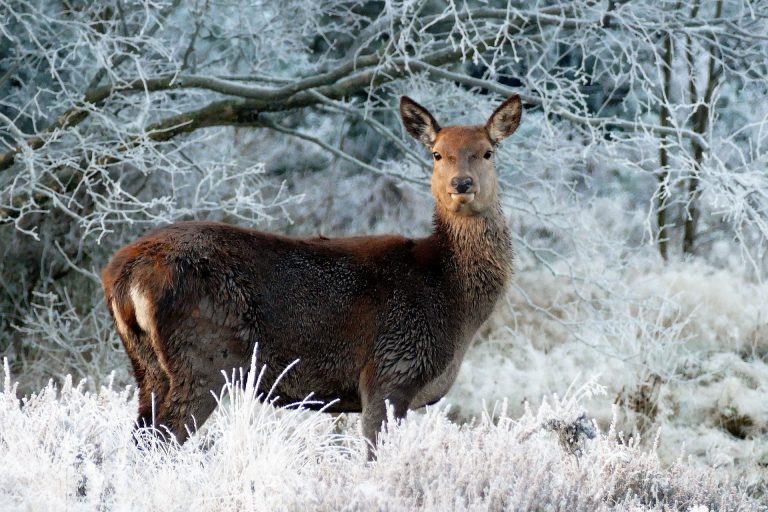
Topics covered
Christmas is full of emblematic figures with different meanings and origins. In addition to human figures and places, however, the cult of Christmas animals is also very strong and extremely interesting. Actually, the tendency to have animals as protagonists of “magical” anecdotes dates back to paganism.
It is in the Middle Ages, however, that different myths about animals in nativity scenes started to spread.
Biblical Christmas Animals
Legends about the ox describe it as a very kind animal, full of care for baby Jesus. In fact, despite his hunger, he avoided eating the hay from the manger so as not to bother the baby while he was sleeping.
In addition to this, he warmed him up with his warm breath. On the other hand, the donkey was actually a mule – a very grumpy mule. In fact, she couldn’t stand the crying of the child, and the fact that she could not eat the hay.
For this reason people believed that God made mules sterile.
A very particular anecdote concerns the sheep led by the shepherds who visited the stable. In fact, when the sheep approached the child they obtained the gift of the word, which lasted for a few hours.
Santa Claus Reindeer
Moving on to Christmas animals less tied to religion but more to tradition, it is essential to mention the reindeer of Santa Claus. Santa’s reindeer are eight: Dasher, Dancer, Prancer, Vixen, Comet, Cupid, Donner and Blitzen are the names reported in the poem “A Visit from St. Nicholas” in 1823. These eight animals were joined a hundred years later (in 1923) by Rudolph the Red-Nosed Reindeer.
Rudolph was the only reindeer with a red nose that emitted a strong light, which made him the object of mockery of the other reindeer. However, the situation changed during a Christmas, when there were strong snowstorms and fog that prevented visibility in the sky. It was the light of Rudolph’s nose that guided Santa Claus and the other reindeer, thus redeeming its honour.
However, the original number of reindeer could have much older origins. It could even be connected to Odin, father of the Norse gods and often associated with the figure of Santa Claus, the stallion Sleipnir. Sleipnir was conceived by the deceiving god Loki, who became a mare, with the stallion Svadilfari. The horse had eight legs, each resting on one of the worlds that make up the Norse universe together with Asgard.
Yule Goat
As Odin became an integral part of the figure of Santa Claus, some have thought that the eight reindeer are a tribute to the legs of his stallion. However, not in all parts of the world Santa Claus has reindeer that accompany him. Sometimes, in fact, it is a goat, what in Northern Europe is still called the Yule Goat.
The Yule Goat (which is the Germanic winter solstice holiday) has dubious origins. According to some it refers to the two goats that pulled the chariot of the Norse god Thor. Their name were Tanngnjóstr and Tanngrisnir and they were extremely strong. In fact, they pulled the chariot of the god into the sky – just as the reindeer do with Santa’s sleigh.




